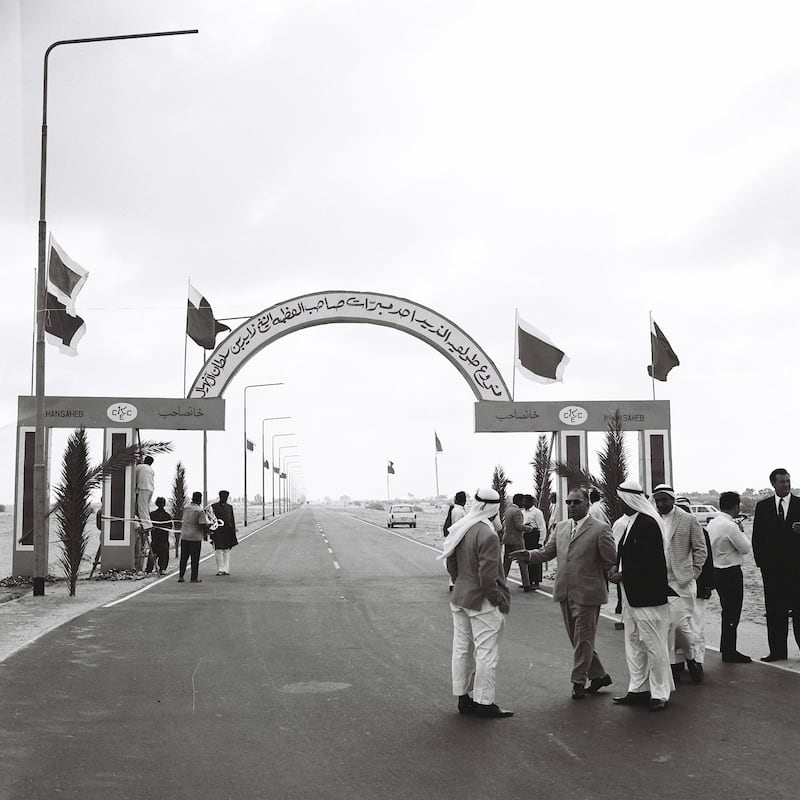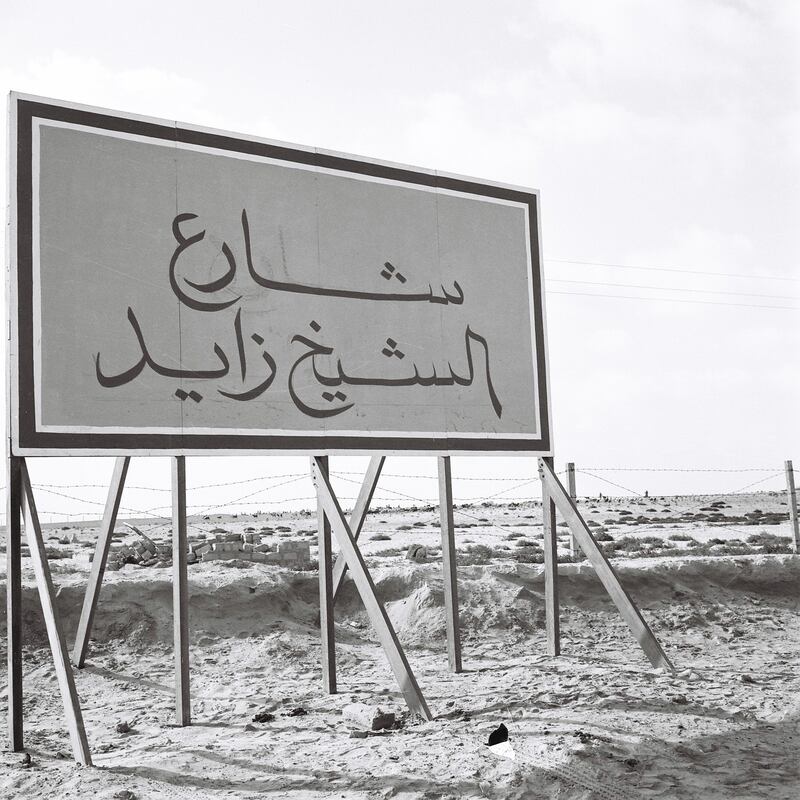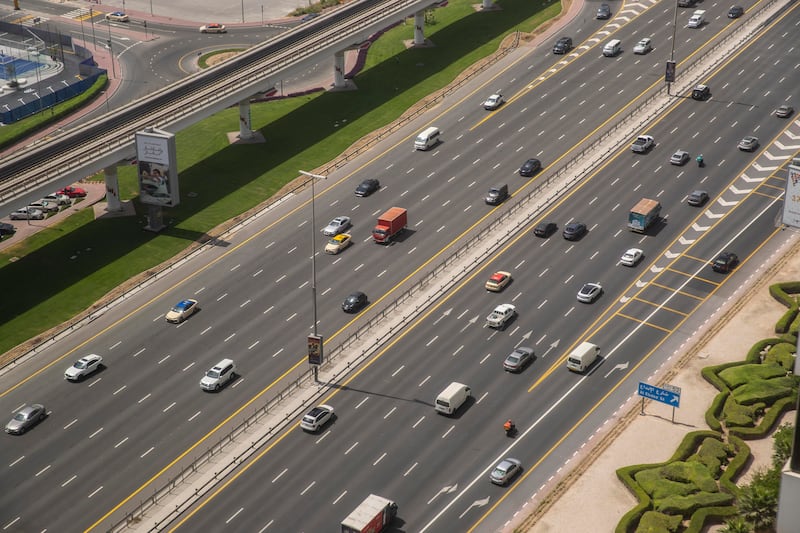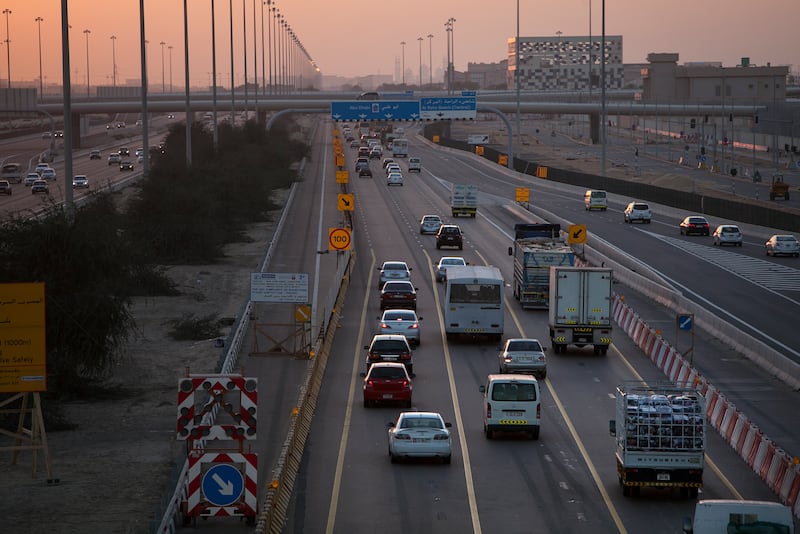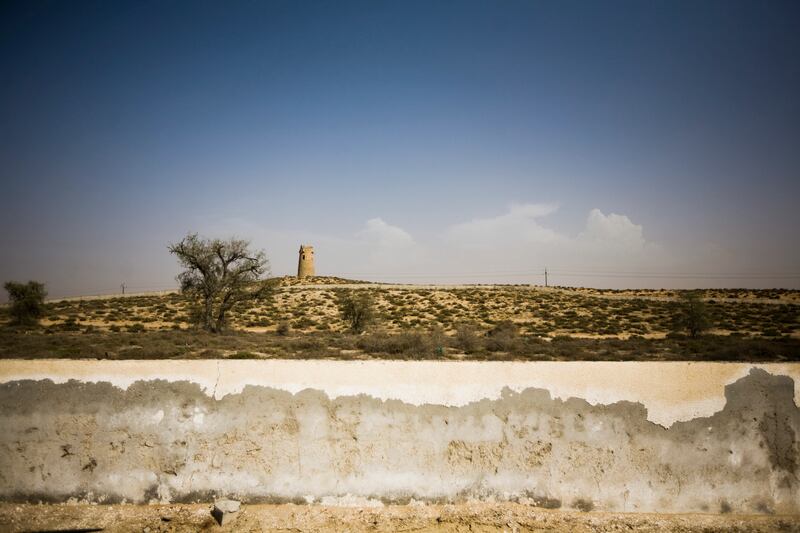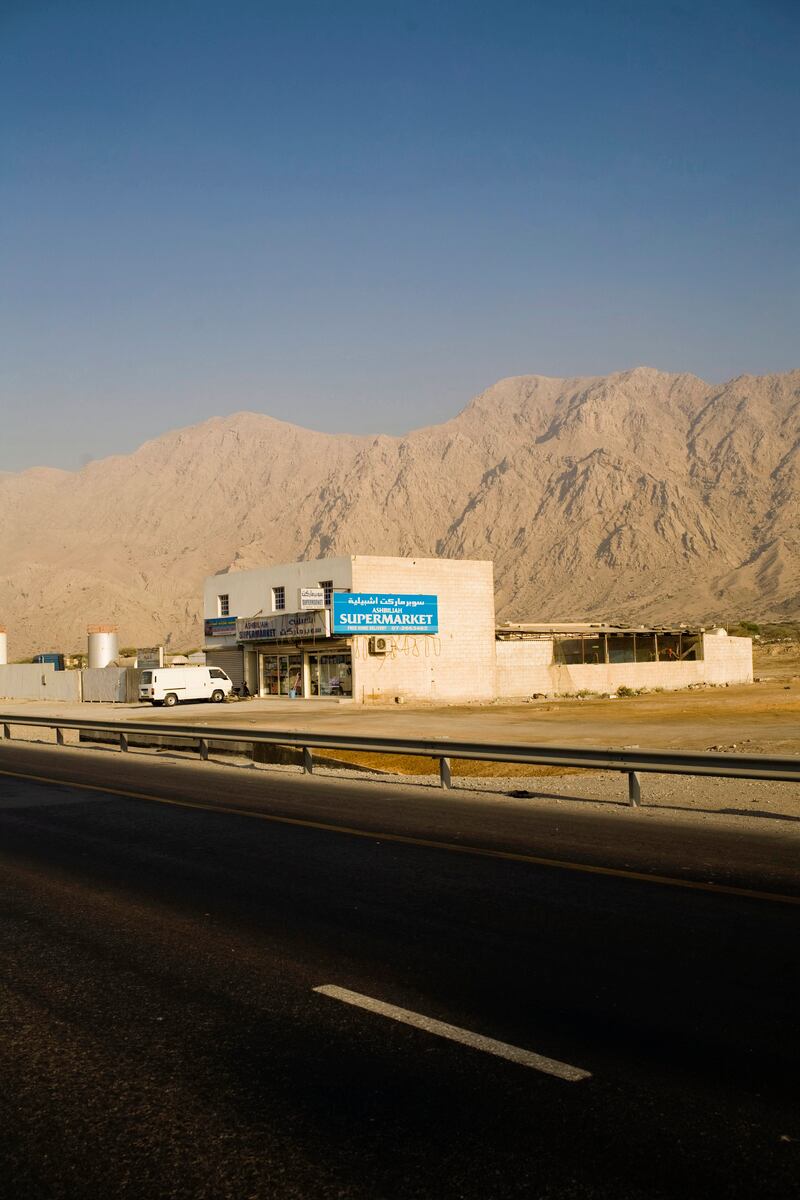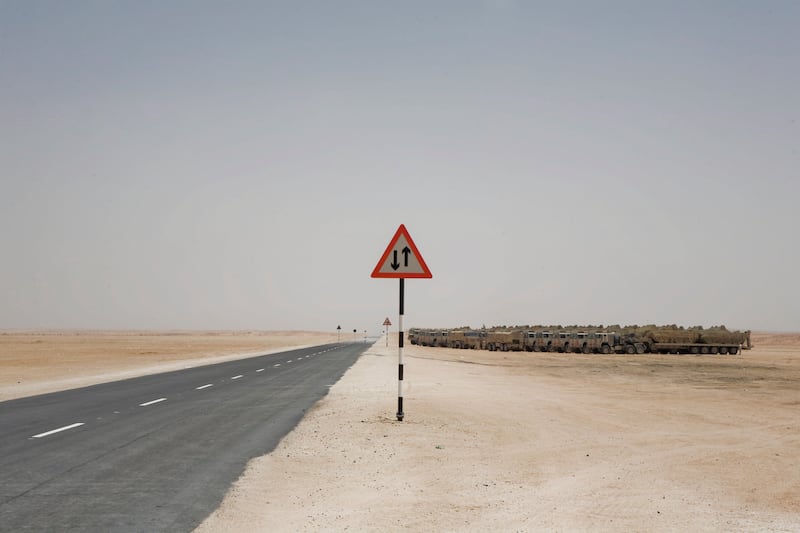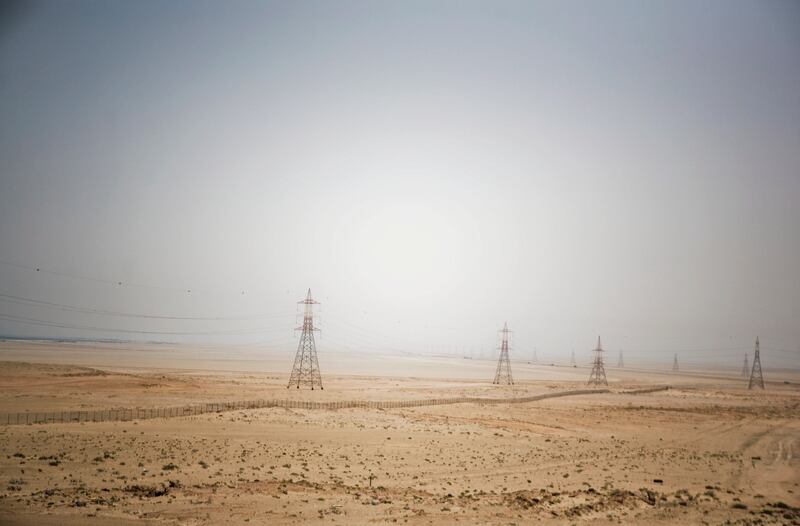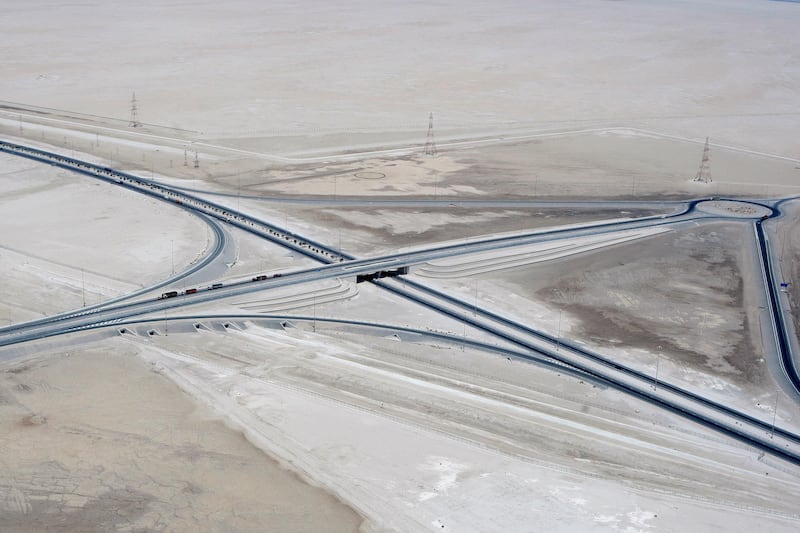Stretching from Al Sila, on the border between Abu Dhabi and Saudi Arabia, and ending in Ras Al Khaimah, the UAE’s longest road is 558.4 kilometres.
In Dubai, it is known as the Sheikh Zayed Road. For Abu Dhabi, large sections are the Sheikh Maktoum bin Rashid Road, while south of the capital to the Saudi border it is the Sheikh Khalifa International Highway. In Ras Al Khaimah it becomes the Sheikh Muhammad bin Salem Road.
Along its entire length, though, it is designated the E11, marked by distinctive signs with white background and a solid blue falcon shield, the number 11 and the capital letter “E” on the top right, with the Arabic equivalent on the left.
So much for the description. But what does the “E” mean, and what does the number 11 stand for?
To navigate this complex and sometimes confusing system, there is help from document TR-538 issued by the Abu Dhabi Department of Transport in 2018.
Route Number System Policy and Procedures is a comprehensive guide to pretty much everything you need to know about roads in the UAE.
The E Route system — the E stands for Emirates — was adopted in 1995 “representing nationally and internationally significant high-speed roads within the UAE”.
They are defined as having “limited or controlled access”, a minimum width to accommodate at least a dual carriageway, and a “speed limit of 100 kilometres an hour or higher.”
There are two categories of E road: primary and secondary. Primary E roads “should be two digits” and, across the UAE, range in number from E10 to E99.
The guide adds that “even-numbered routes generally travel east-west or in parallel with the Arabian Gulf Coast, and should be generally numbered downward from the Gulf inland”.
Odd-numbered roads “generally travel north-south or perpendicular to the Arabian Gulf Coast, generally numbered upward from west to east”. The E11 is one of these.
Three-digit roads are “bypass routes which start and finish at different points along a Primary E-route”.
So, the first number is unique to the road, while the second two indicate the primary route being bypassed. The E611 in Dubai, also known as Emirates Road, is an example.
The lowest odd-numbered E road is the E11, and the lowest even-numbered one is the E10, a short spur road from Shahama to the city of Abu Dhabi.
All the roads beginning with the number 1 connect to the E11. So, it might help to think of E11 as E1.1.
The E10 is 0 — with the sequence running through the E12, connecting the city through Yas and Saadiyat islands, the E16, which begins at the E11 at Al Rahba, and the E18 in RAK.
Other roads are numbered in sequence, from the E20 that passes Sweihan, through to the E99 in Fujairah.
However, the document admits that “actual E-route numbering practices frequently differ for various reasons”.
For example, the odd and even numbers rule is not always followed — particularly in Abu Dhabi — in part because the coastline south of the city switches from north-south to east-west.
Aside from the E-system of motorways, each emirate has local roads.
In Abu Dhabi, these are designated AD roads, and in Dubai, they are D roads. The numbering system of these is equally complex. For example, in Abu Dhabi, roads more than 20km should end in the number 5 if they run east-west and 0 for north-south.
One last thing. In 2001, a UN agreement created the Arab Mashreq International Road Network.
These are routes which connect across international borders to create a network of “M” roads using existing motorways.
The M5, for example, connects northern Iraq through Baghdad and Mosul, to Kuwait, Saudi Arabia, the UAE through Abu Dhabi, Dubai and Kalba in Sharjah, before ending in Salalah in Oman.
This agreement calls on these roads to be signposted with the letter M and the road number in blue on a white background.
The E11 in Abu Dhabi is, therefore, also the Sheikh Rashid bin Maktoum Road, the Sheikh Khalifa International Highway and the M5.
Perhaps fortunately for the already confused motorists of the UAE, this has yet to be implemented.
A version of this article was first published on July 19, 2022

